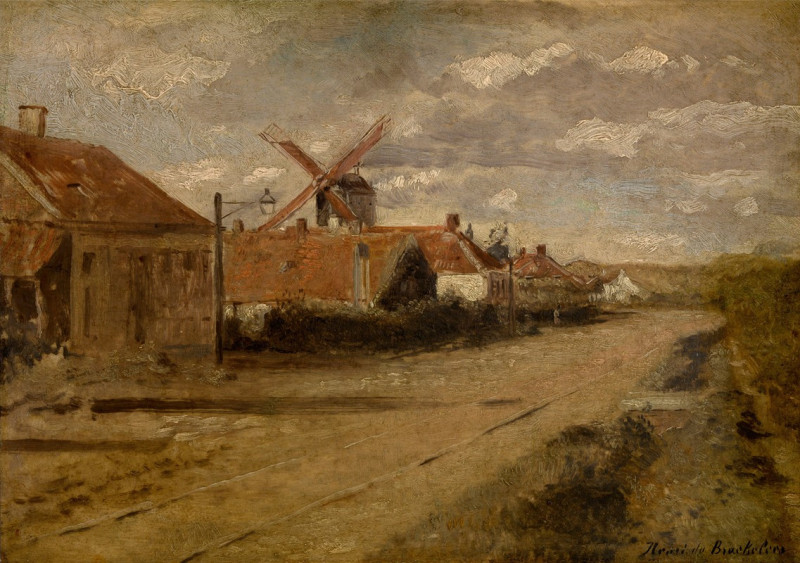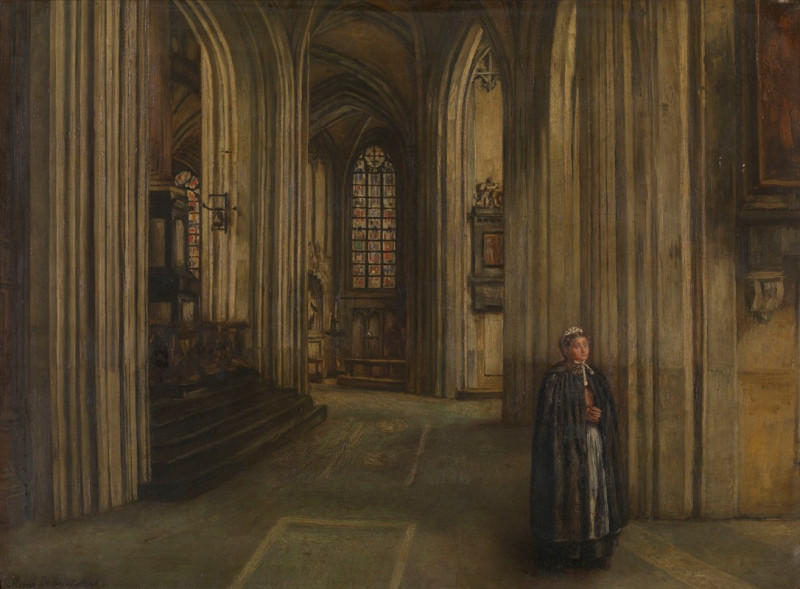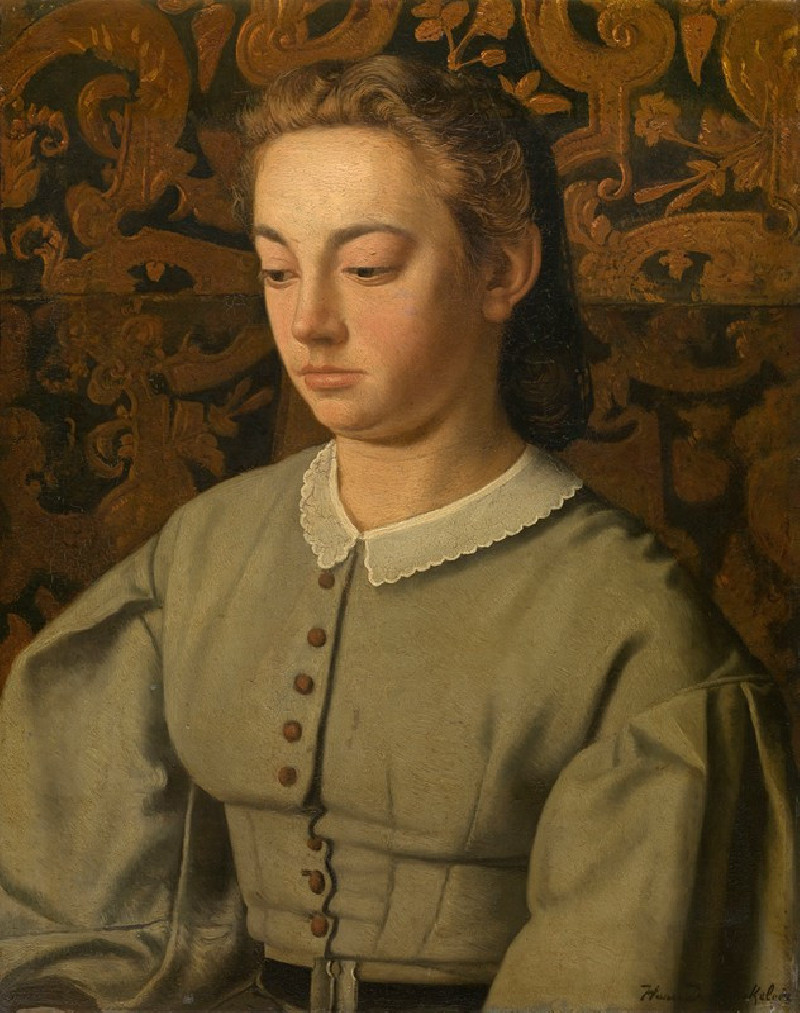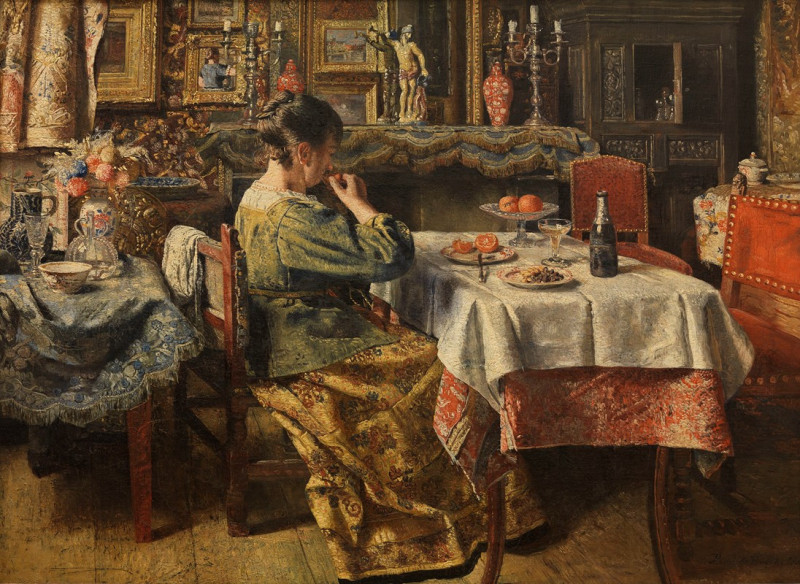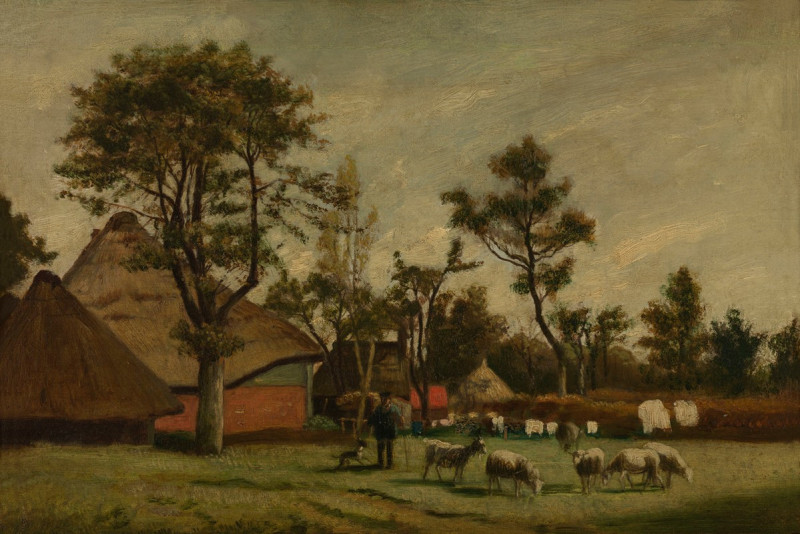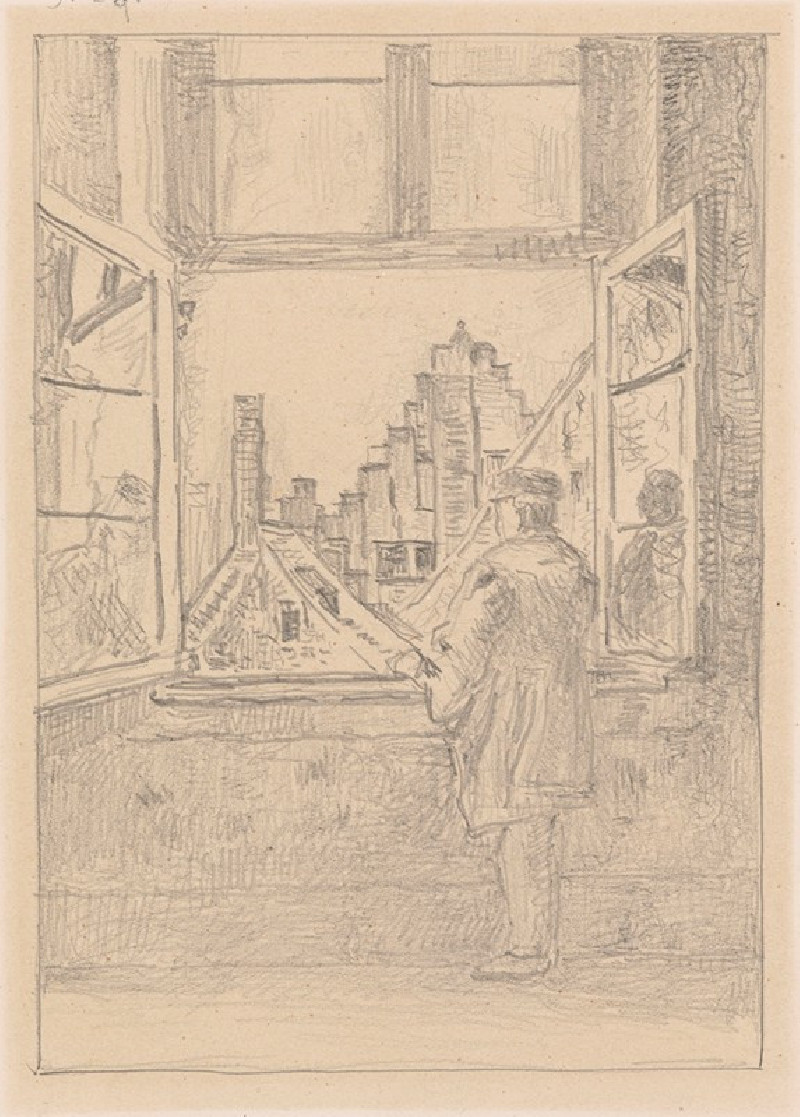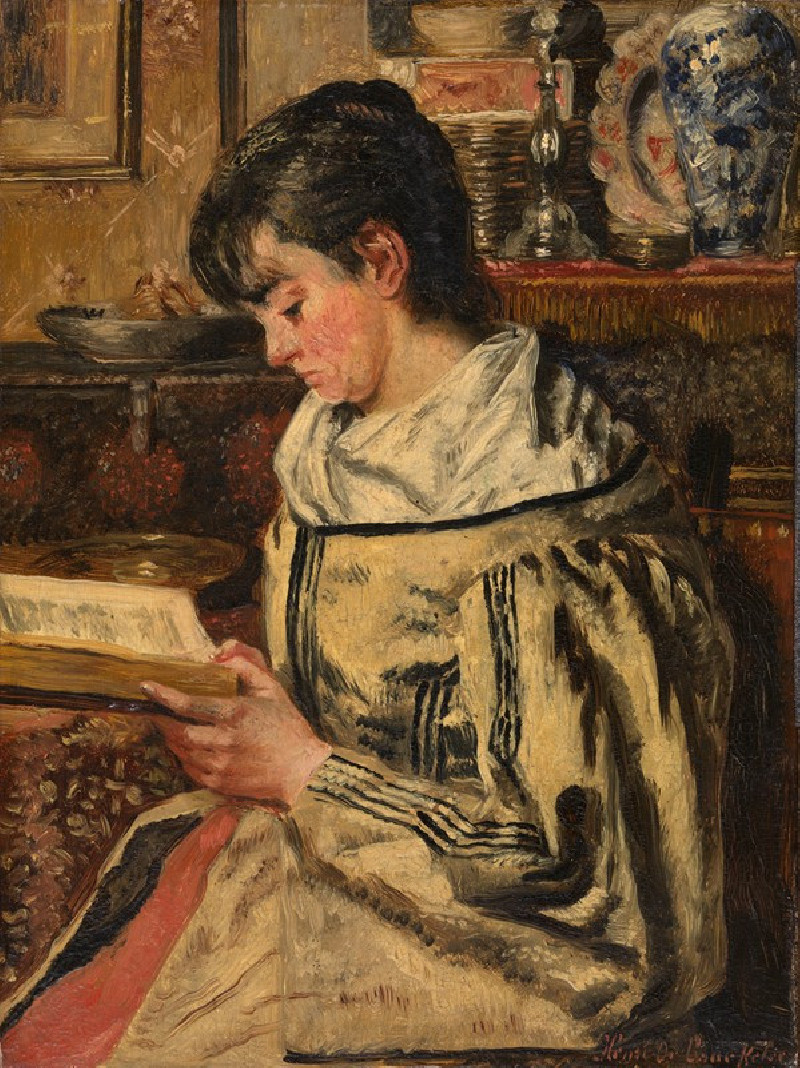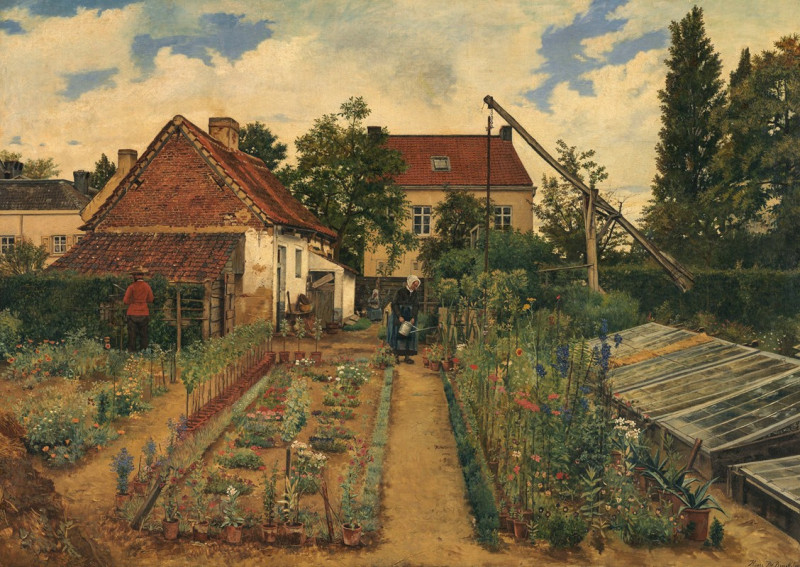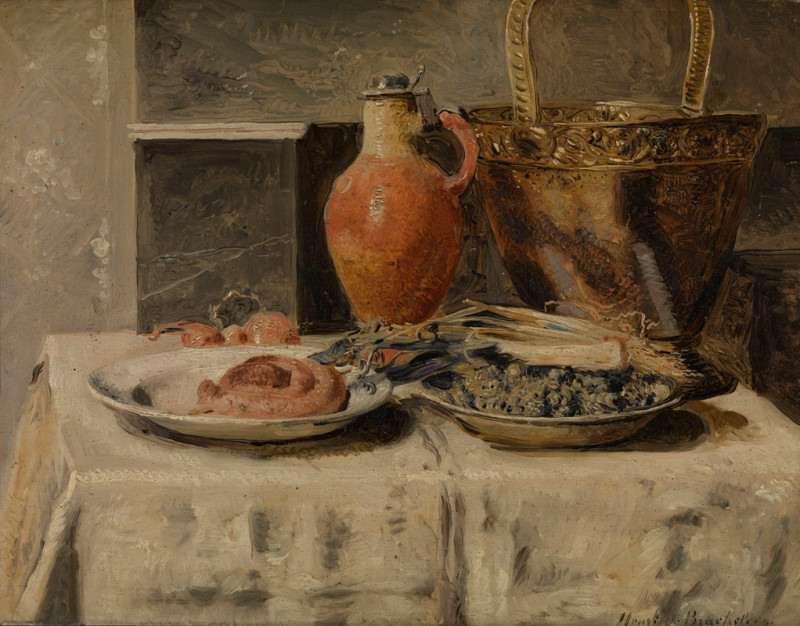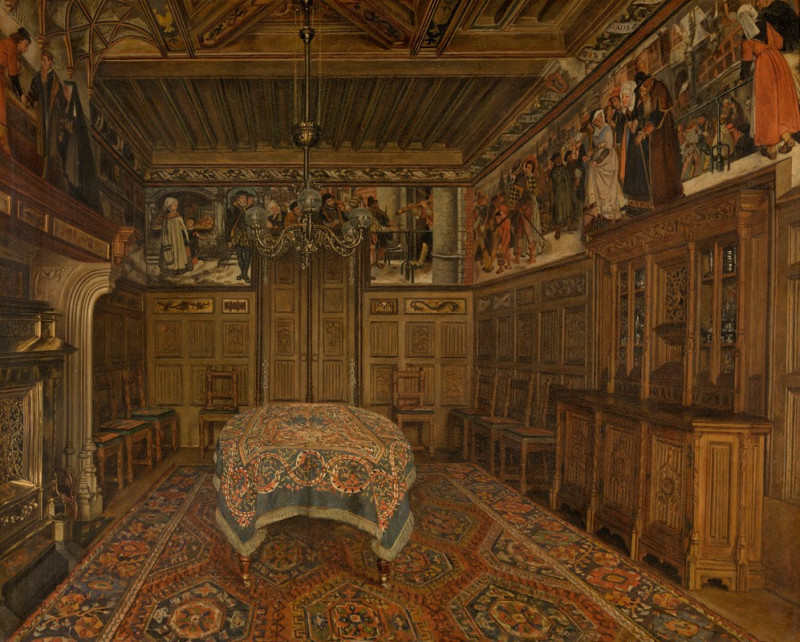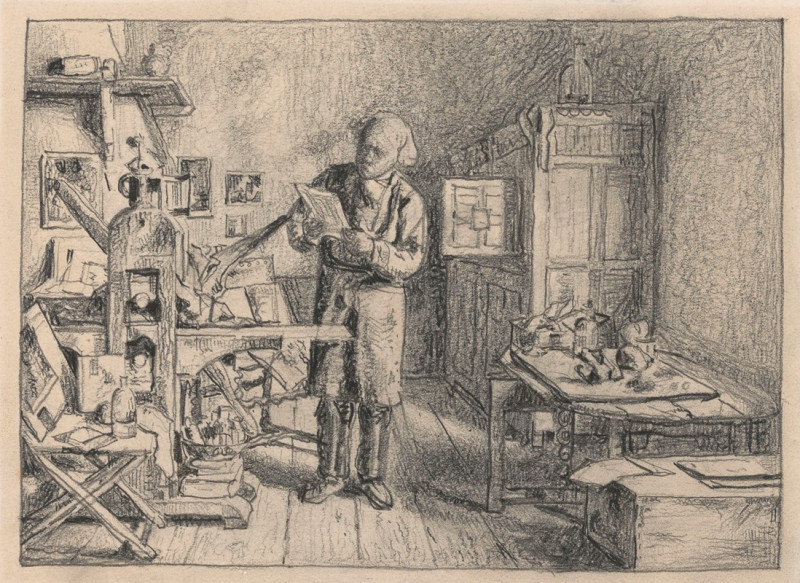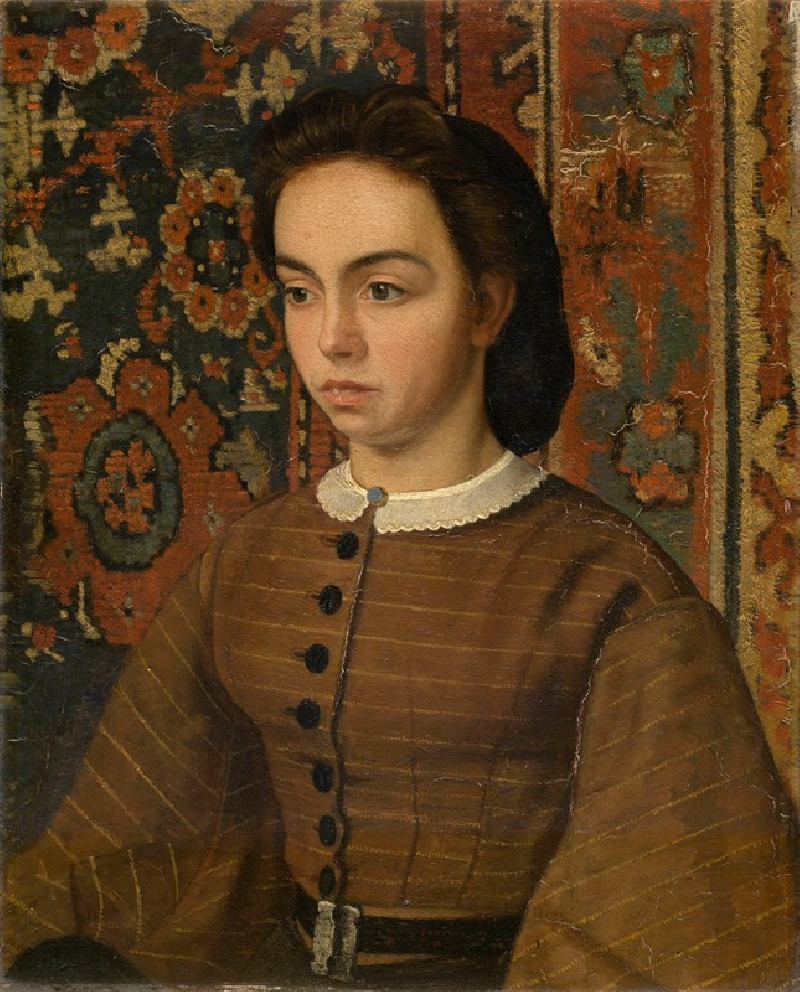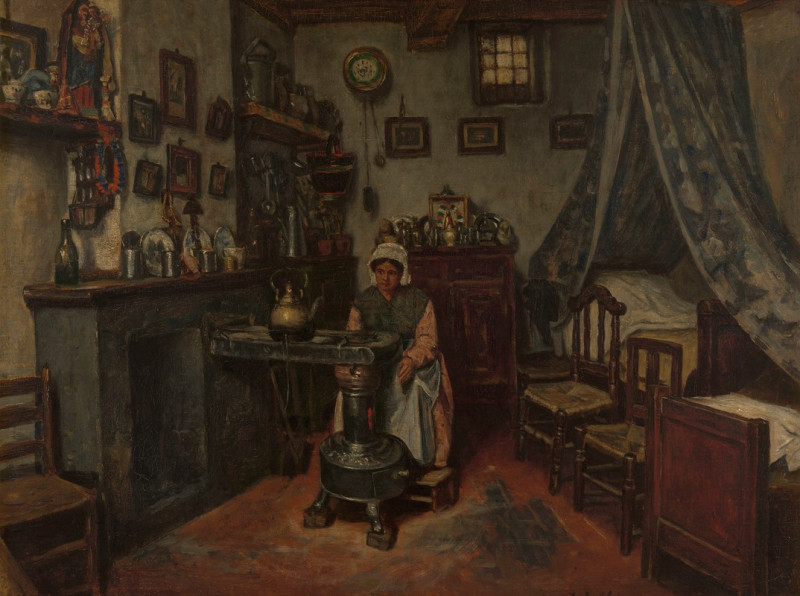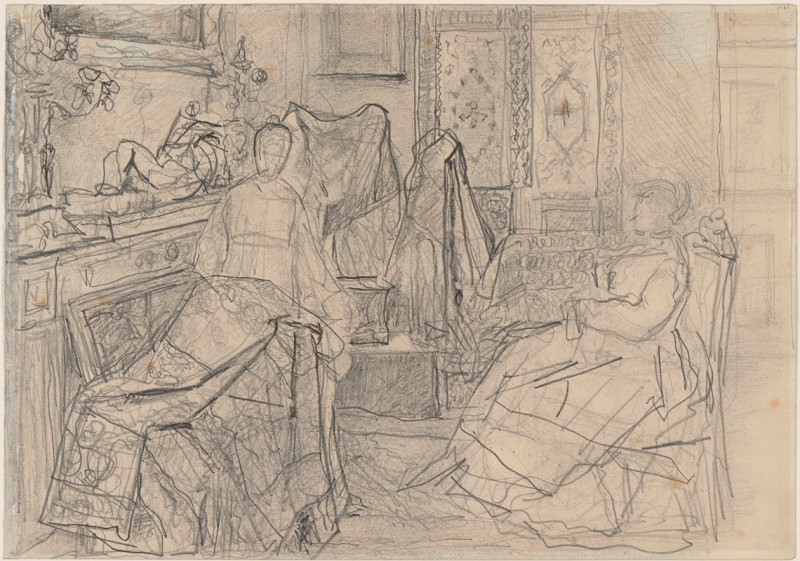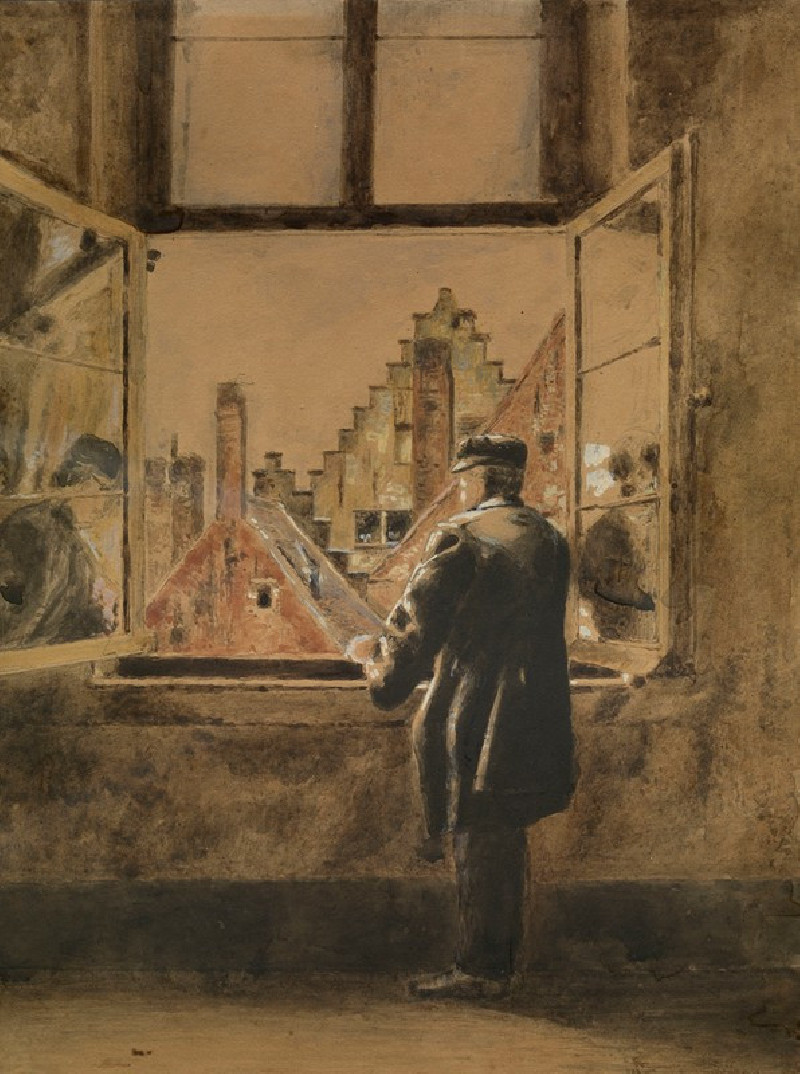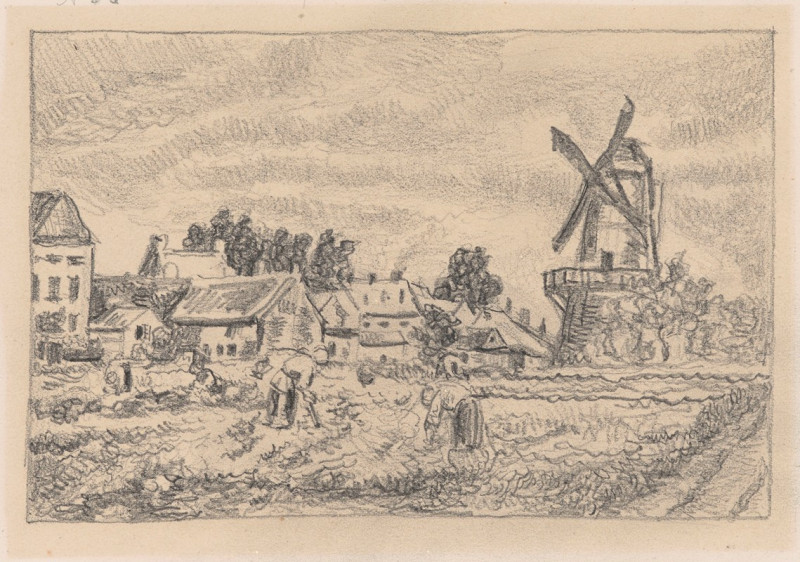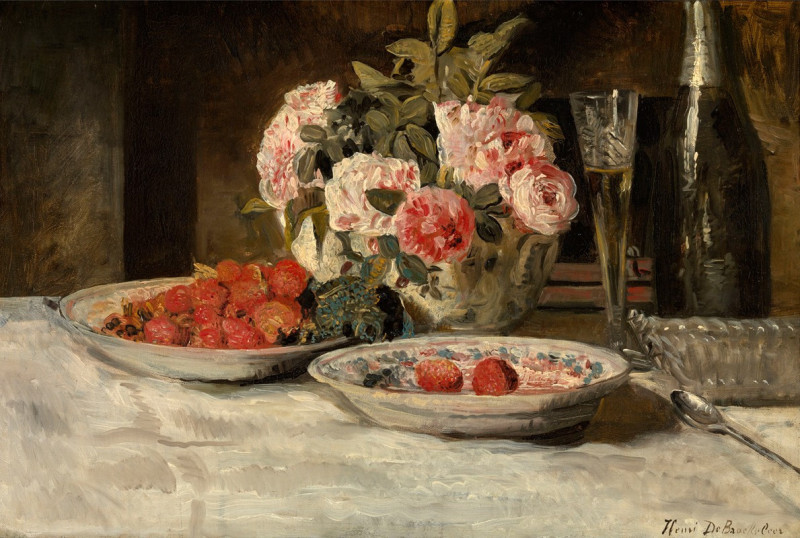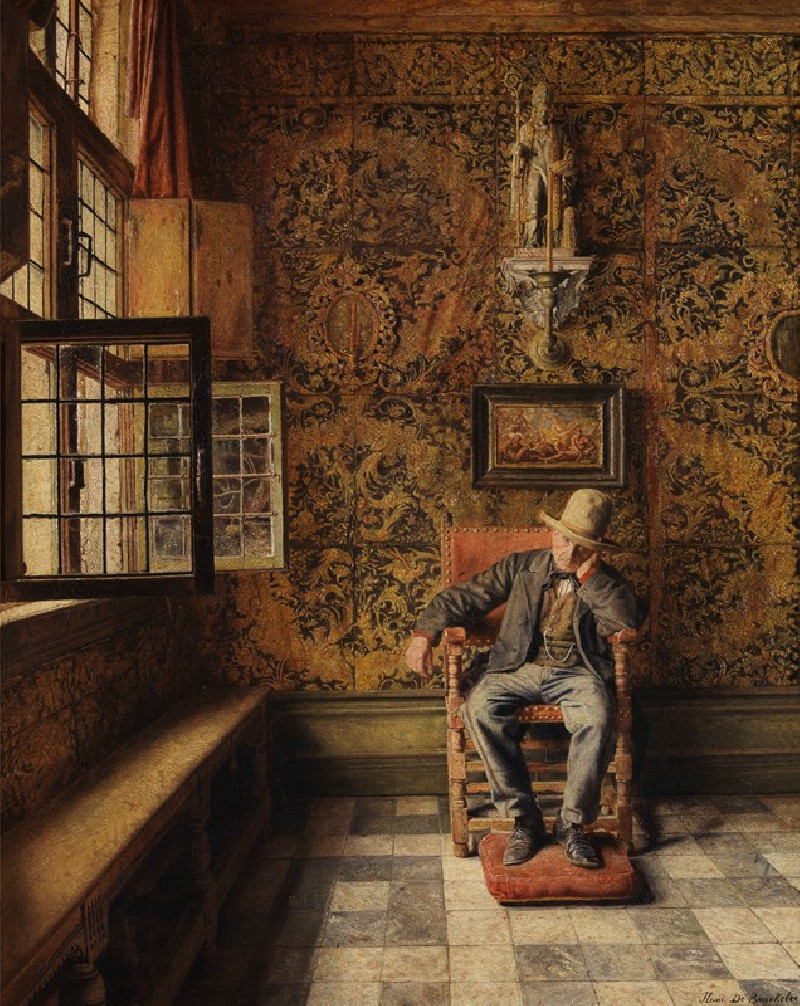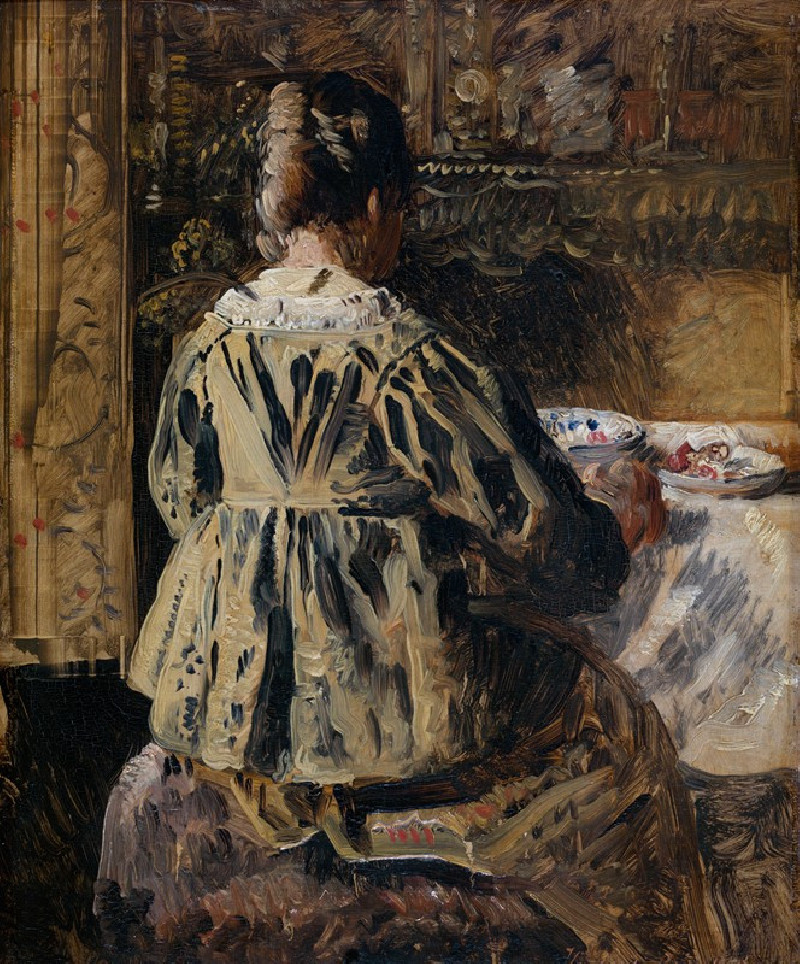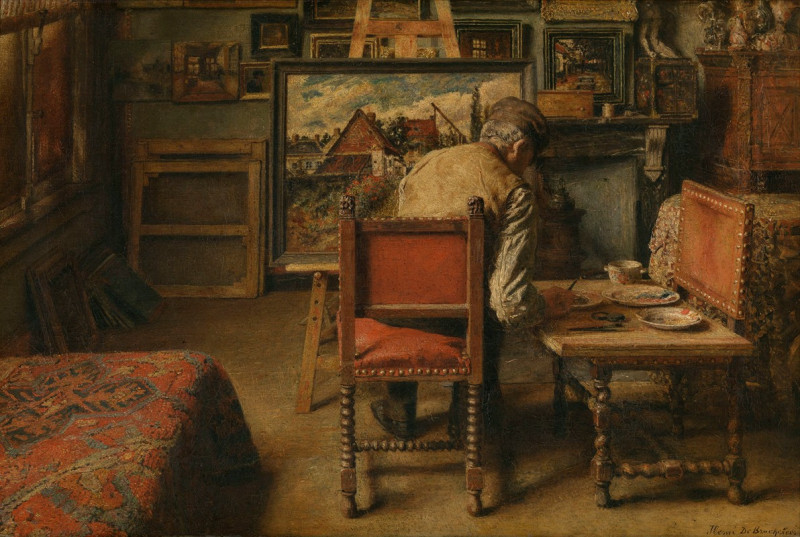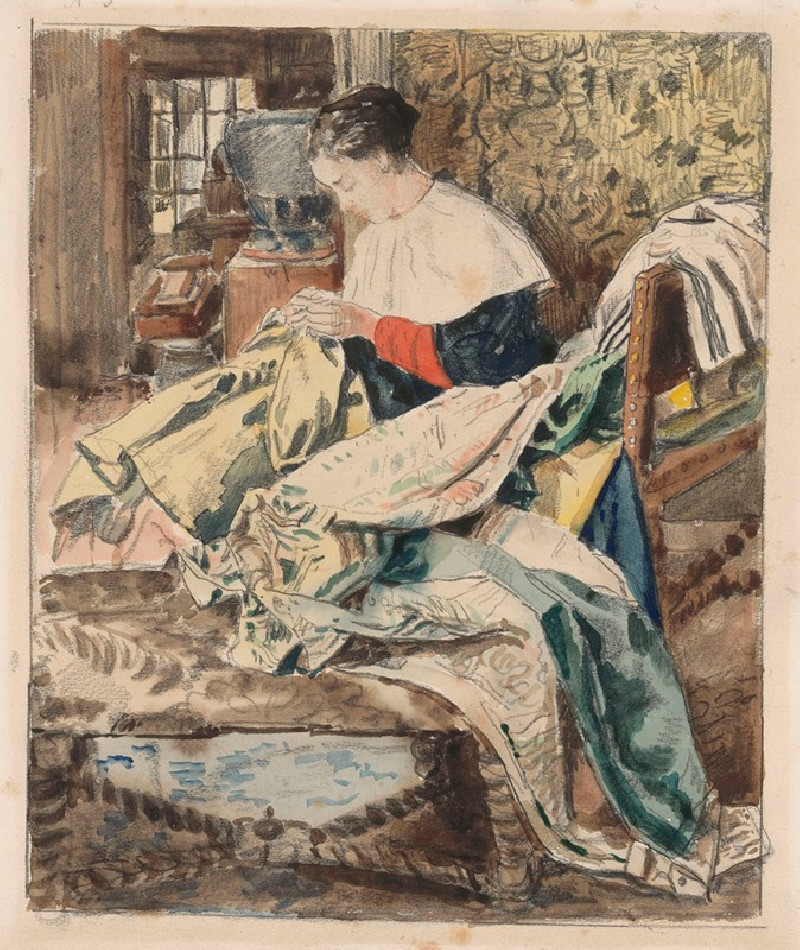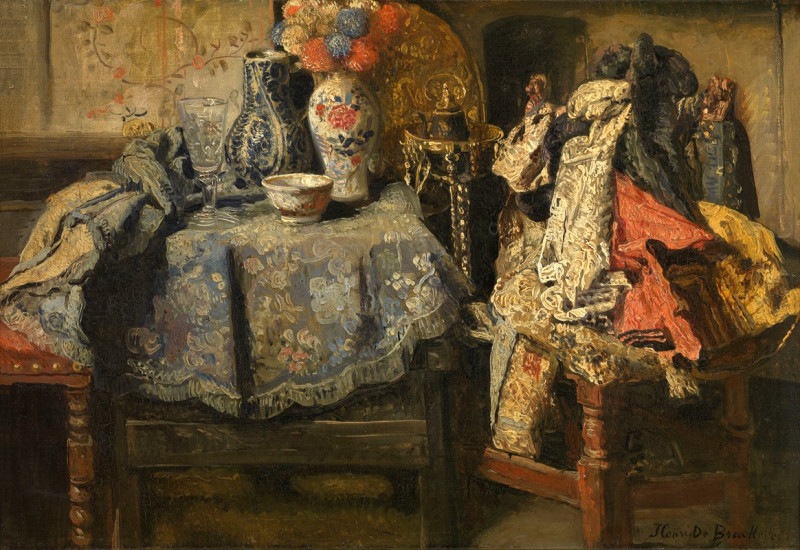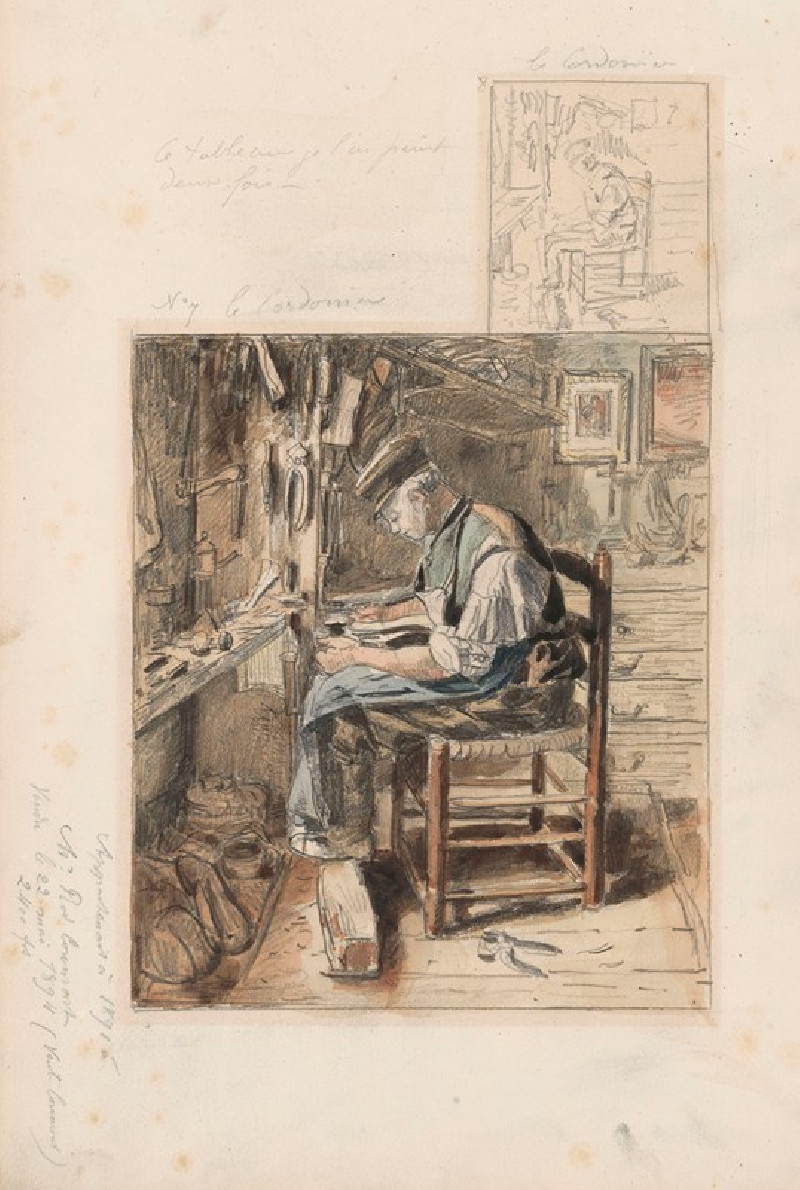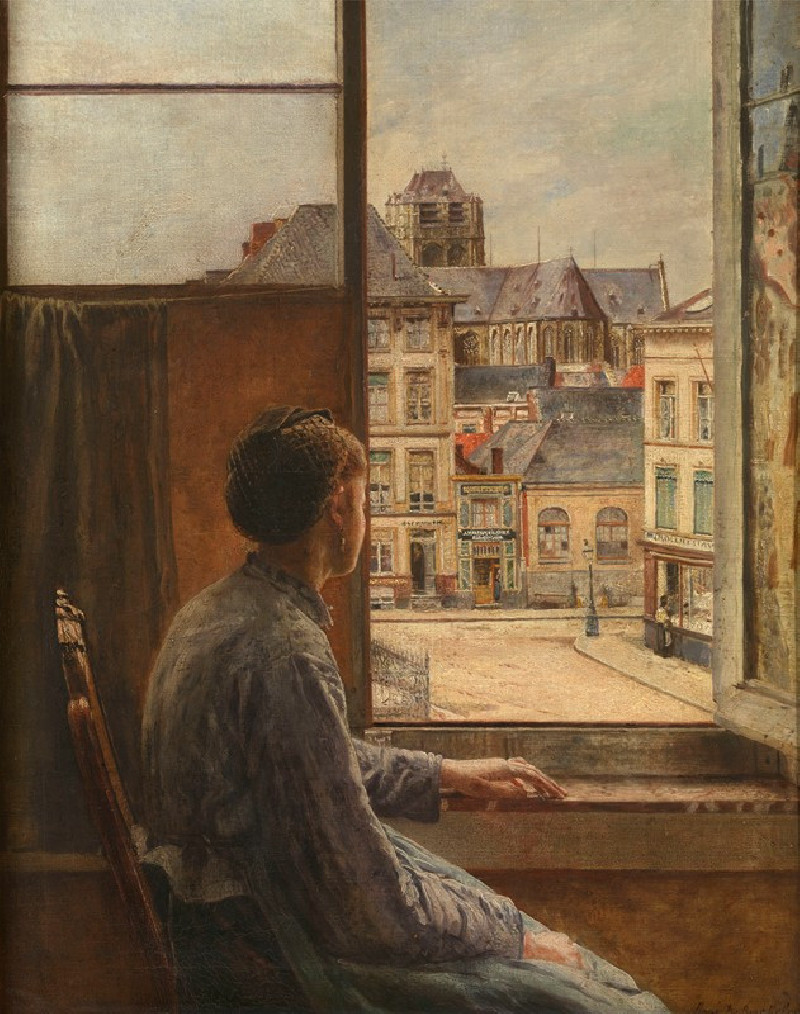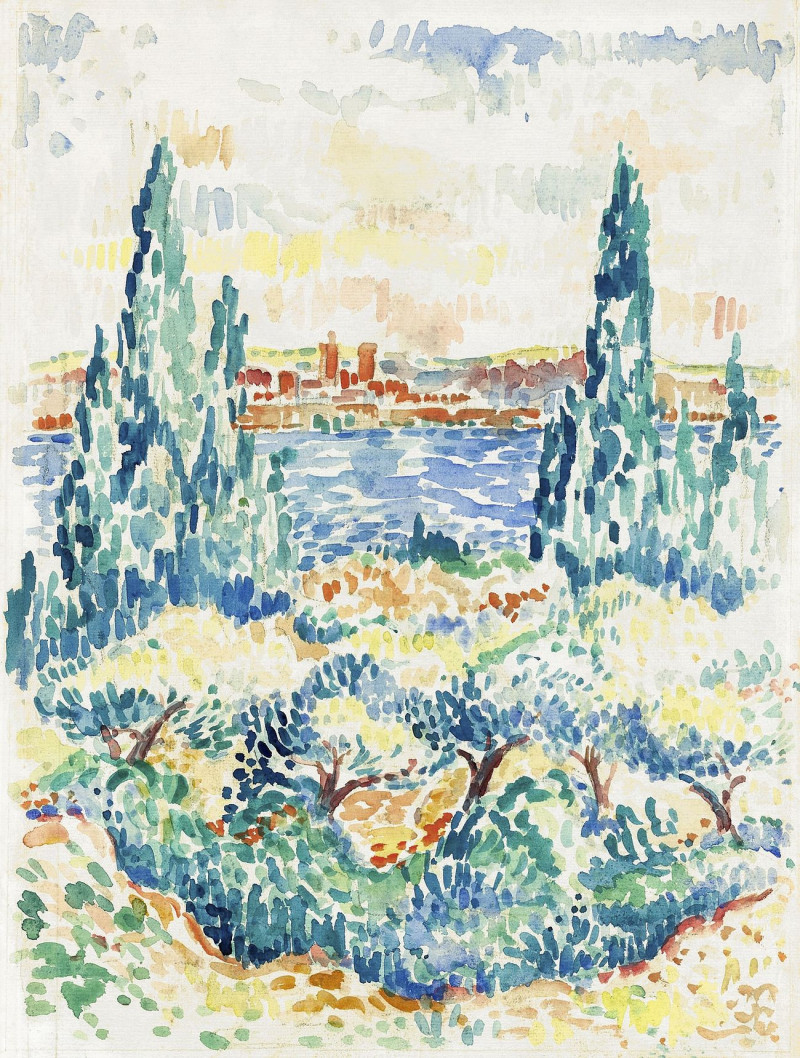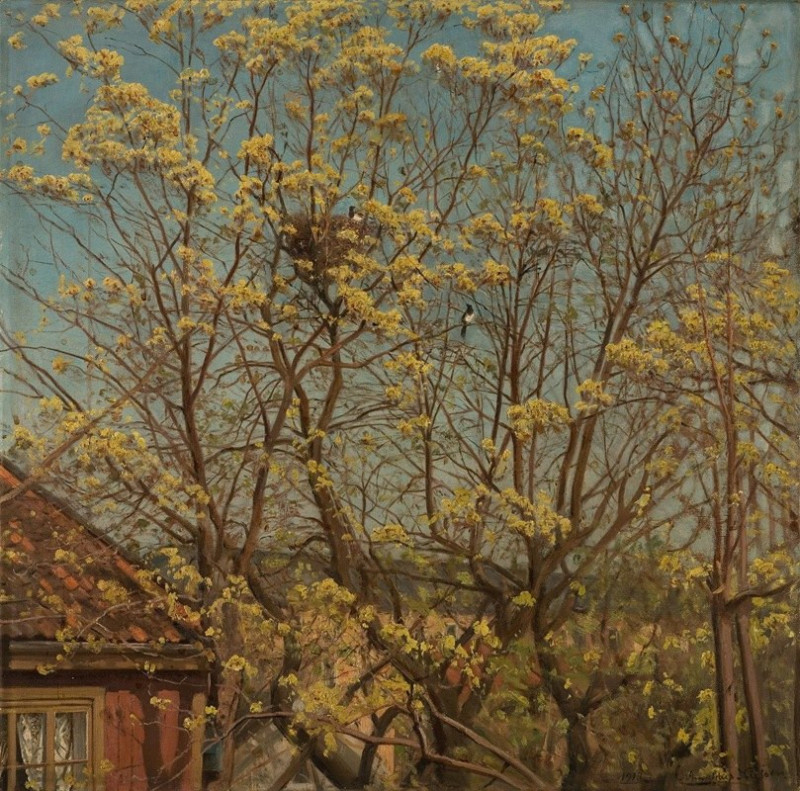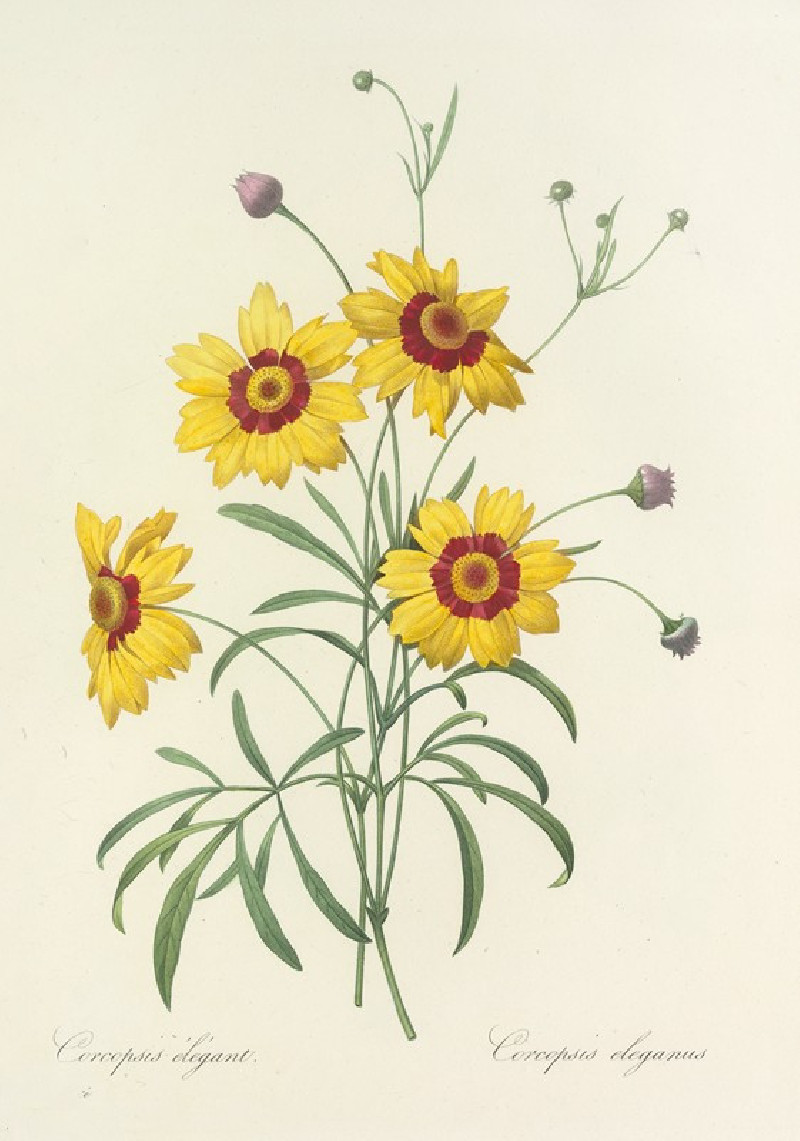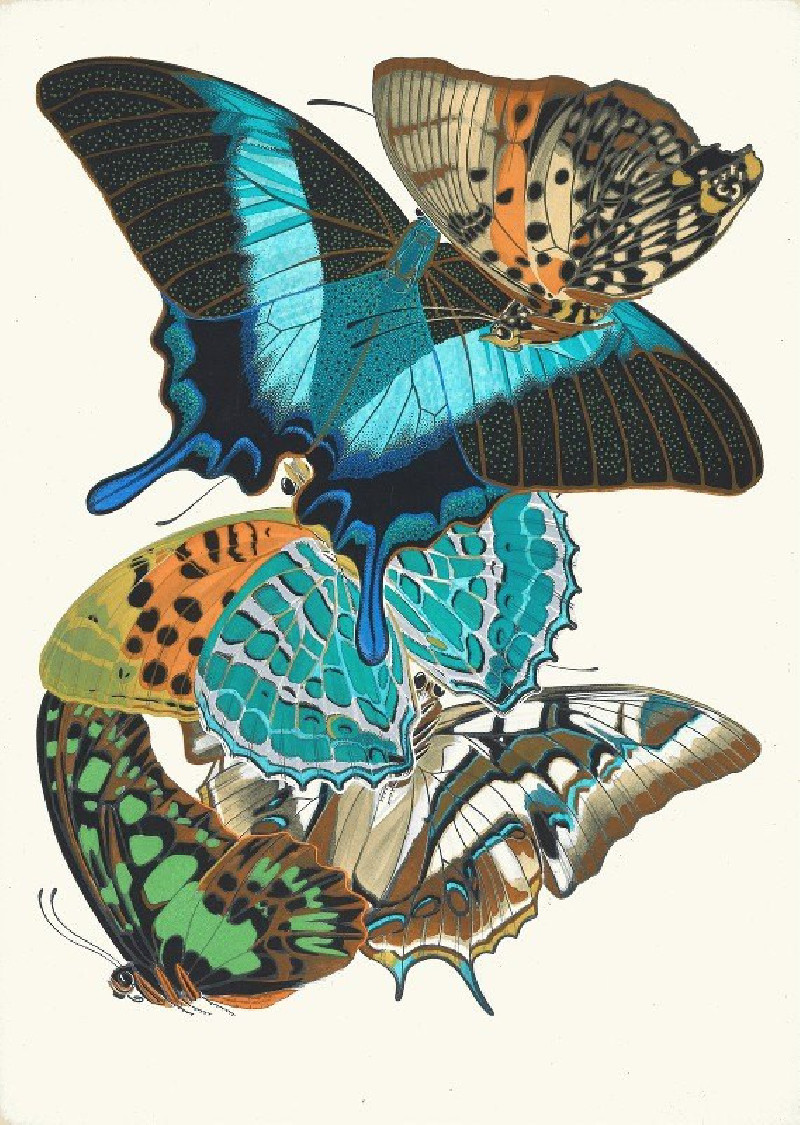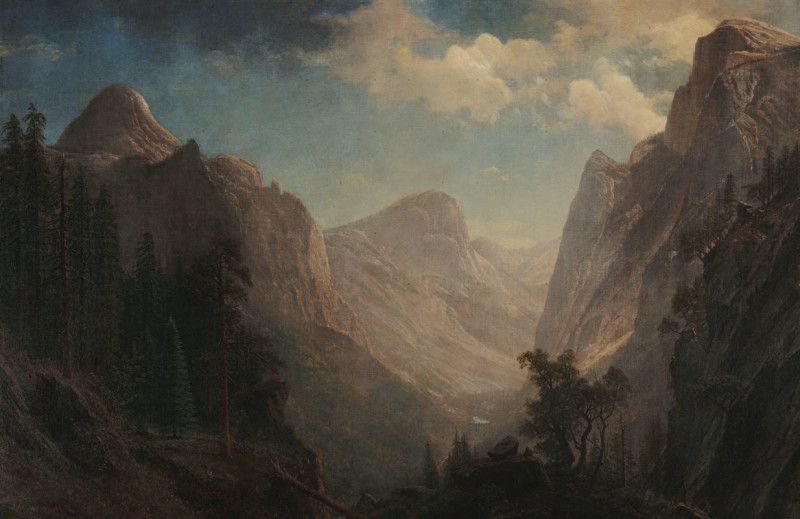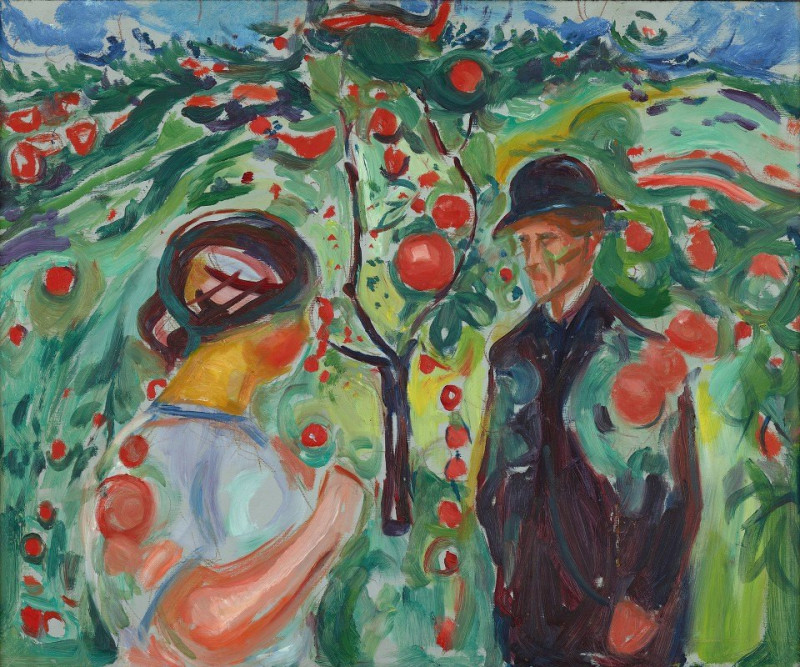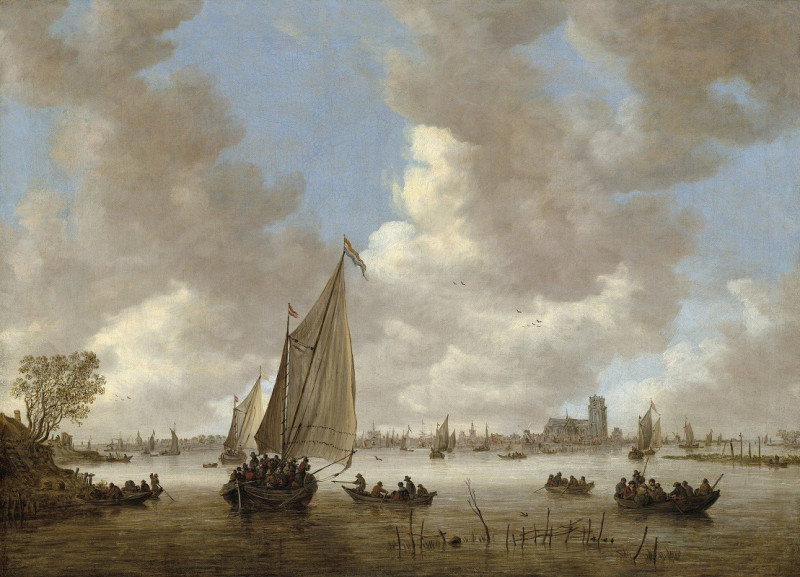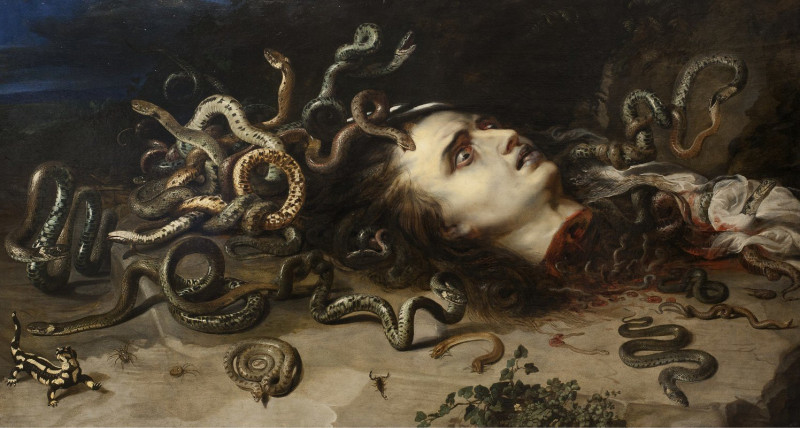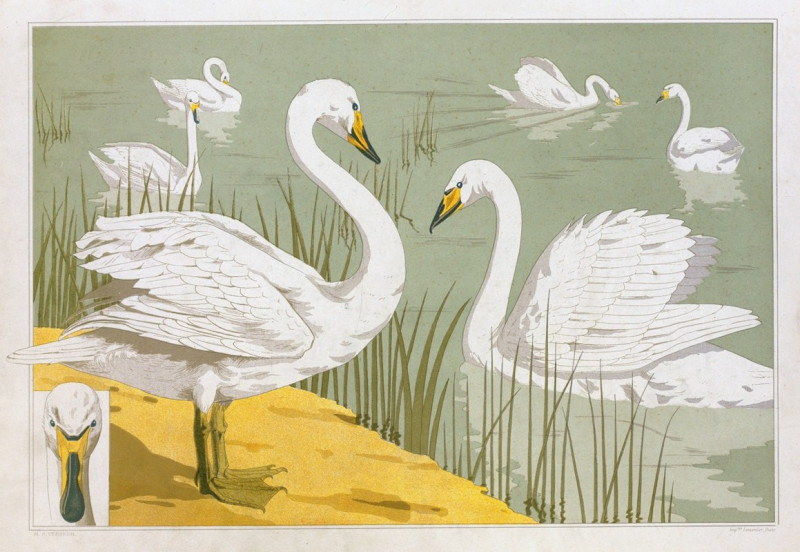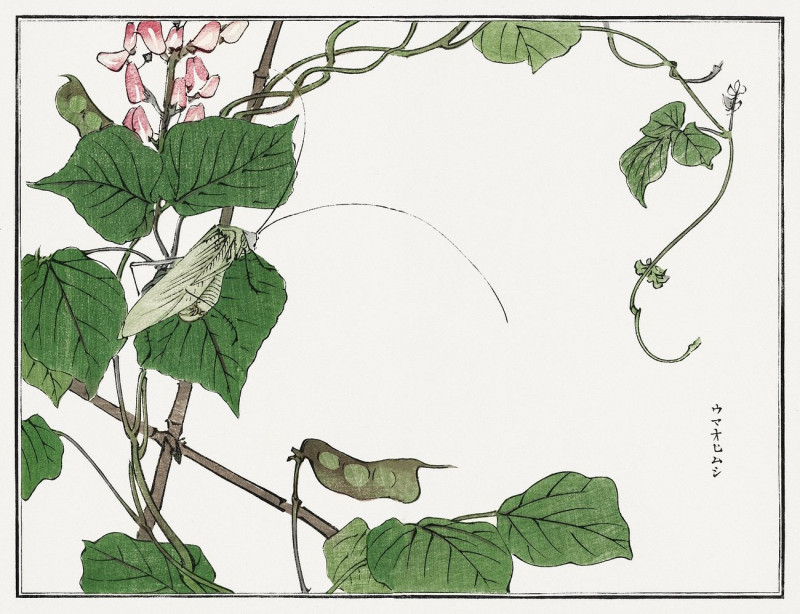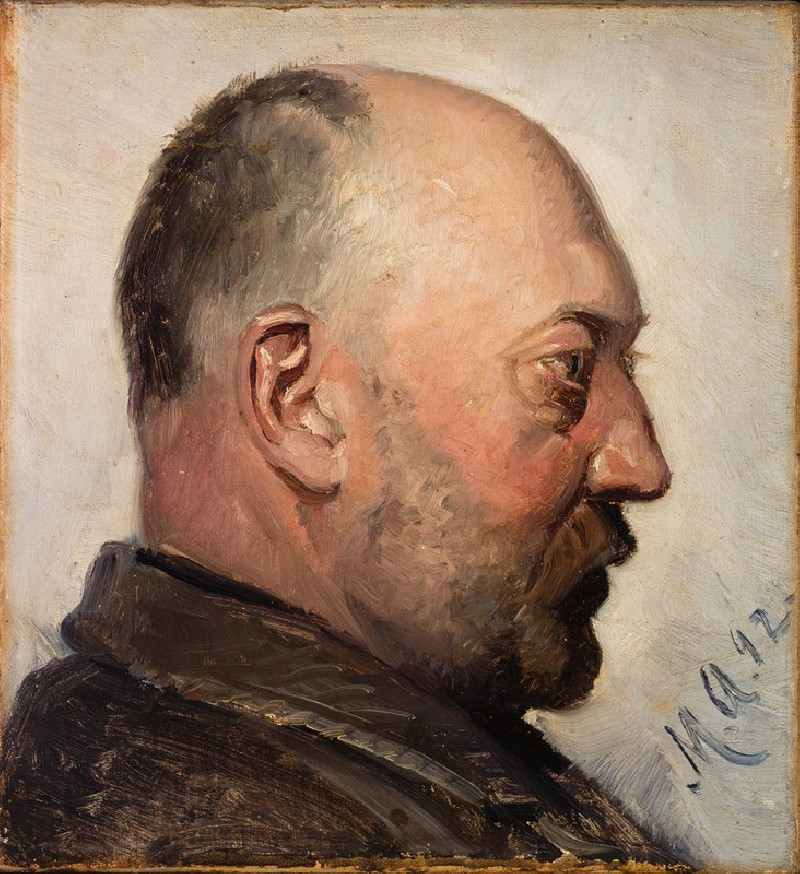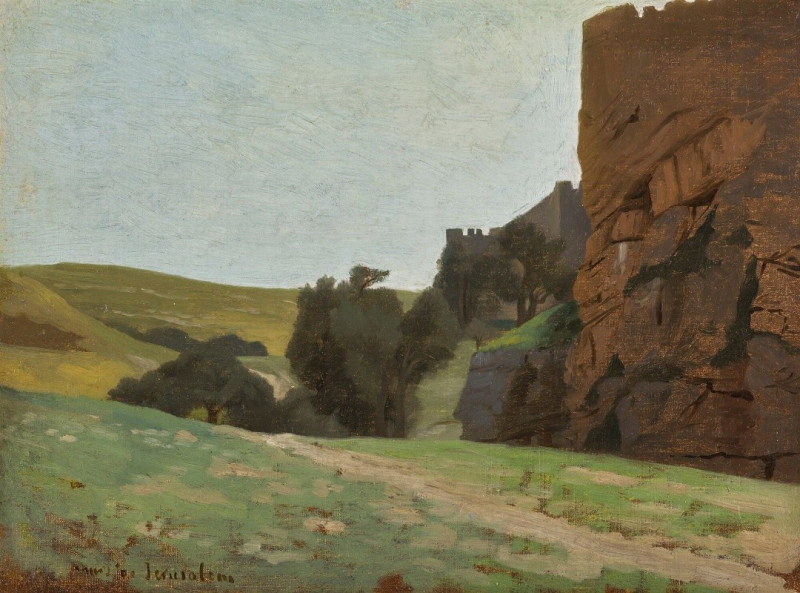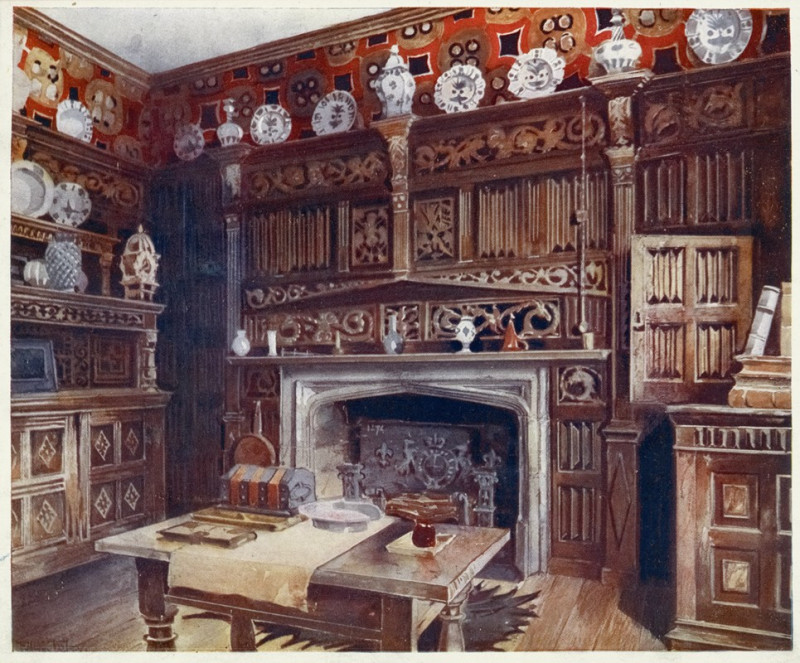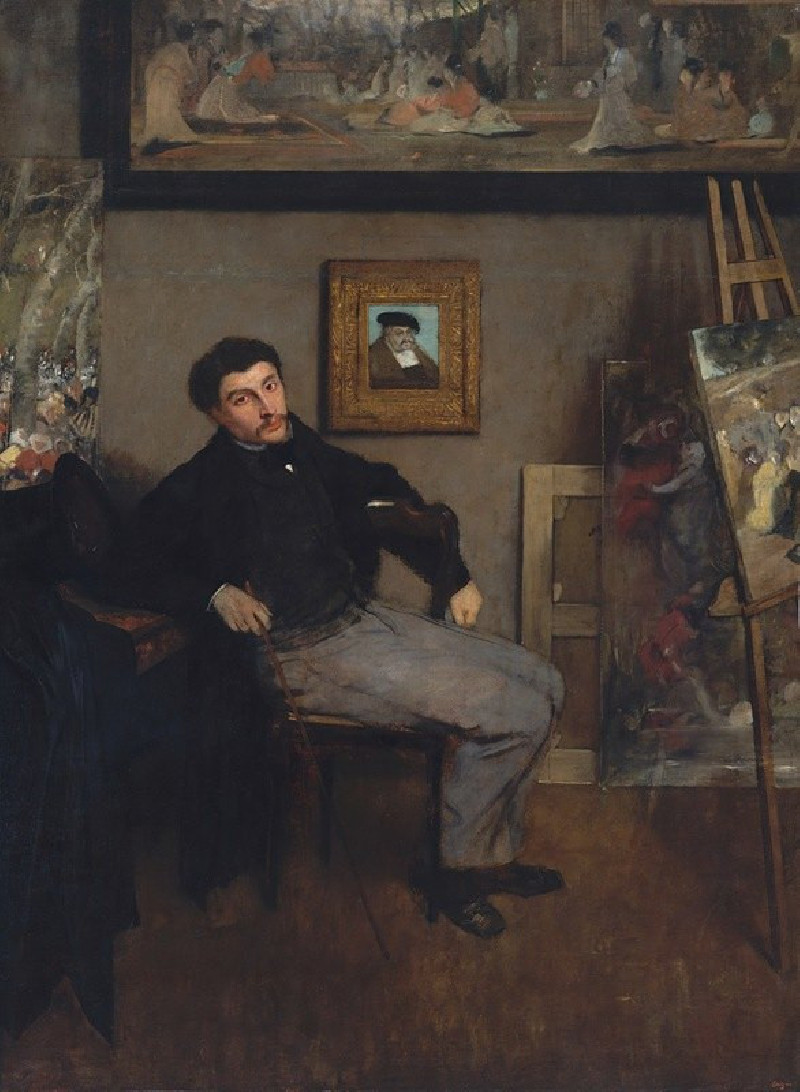The Mill at Kiel (1885-1888)
More about this artwork
Delivery
Reproductions are made to order and take 5 to 7 working days.
We send them out by courier and delivery takes another two working days.
If you need a reproduction sooner, please contact us - we can usually find a solution and produce it a little faster.
If you don't want to pay for postage, you can pick up your paintings at our galleries in Kaunas or Vilnius.
Returns
Yes, reproductions can be returned.
If you have any doubts more than 30 days after the date of purchase, please contact us - we will take the reproduction back for a refund or offer you a replacement!
We accept a maximum of two returns per customer - please note that we make reproductions to order, so please choose responsibly.
We do not refund shipping expenses.
Henri Jean Augustin de Braekeleer (11 June 1840 – 20 July 1888) was a Belgian painter. He was born and died in Antwerp. He was trained in drawing by his father Ferdinand de Braekeleer, a well-known genre painter, and his uncle Jan August Hendrik Leys. Braekeleer entered the Royal Academy of Fine Arts (Antwerp) in 1854. Although he remained a student there until 1861, he publicly exhibited his paintings for the first time in 1858, when Reaper and Washerwoman (locations unknown) were shown at the Antwerp Salon. In 1863, he went to Germany and, in 1864, to the Netherlands, studying works by 16th- and 17th-century painters in both countries. The influence of Johannes Vermeer was especially important, seen in one of de Braekeleer's most characteristic subjects: a single person absorbed in a quiet activity, shown in an interior lit by a window.

